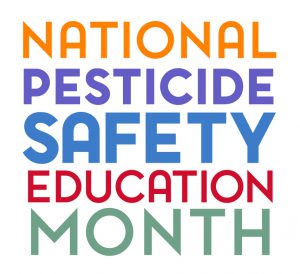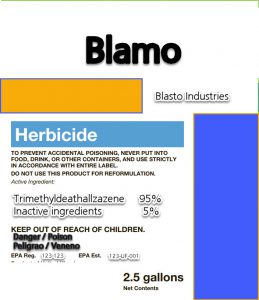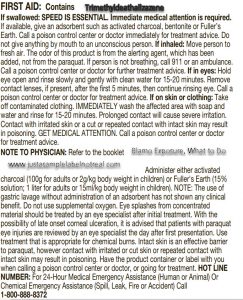 We left off discussing What is in our pesticide and information about it’s potential hazard, or if it is “dangerous”. So far we have simply defined and identified hazard. In order for us to properly handle “risk” we need to discuss exposure…or put another way I want to know “What if it gets on me?”
We left off discussing What is in our pesticide and information about it’s potential hazard, or if it is “dangerous”. So far we have simply defined and identified hazard. In order for us to properly handle “risk” we need to discuss exposure…or put another way I want to know “What if it gets on me?”
If we go back to my examples of hazard from a previous blog…an alligator in the water and the Chernobyl radioactive core, we have two highly hazardous things. On their own that hazard doesn’t mean much, if I don’t ever go into the water and I never travel to Chernobyl, my exposure to these highly hazardous things is zero. With no exposure, even to highly hazardous things, my risk is extremely low…because we mitigated exposure. Now if I jump into the water to hug that gator or take a trip to Chernobyl, my exposure drastically increases, and my risk is very high. This works the same with pesticides, even a very hazardous pesticide can have low risk, if exposure is reduced or eliminated.
The EPA gathers tons of data on defining a pesticides hazard and thinking through possible exposures to reduce the overall risk. All that said, it is hard to eliminate ALL possible exposure, and we all know human error can come in to play, so the next part of a pesticide label handles that…The First Aid Section.
Here you have clear language about what to do if exposed to a pesticide in your eyes, on your skin, or even if you swallow it. Although many first aid sections will look similar, you still must read ALL of your label, even if you think you know it. Our Blamo label has some very specific instructions for instance.
That’s a lot more detail than some labels will have. It even gives specific instructions to physicians on how to deal with ingestion. That is good info to have and would be good to know ahead of time, not trying to find in an emergency situation. Reading the label each time before you buy and before you use will make it less stressful to find this information. So now that we know how to handle What if it gets on me? we are ready to discuss the next steps….
Next week we will discuss how we can reduce or eliminate exposure, and thus our risk, with the label.
Click to Subscribe
 0
0
 Click photo to enlarge
Click photo to enlarge

